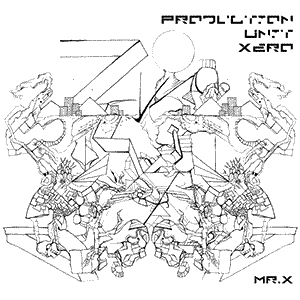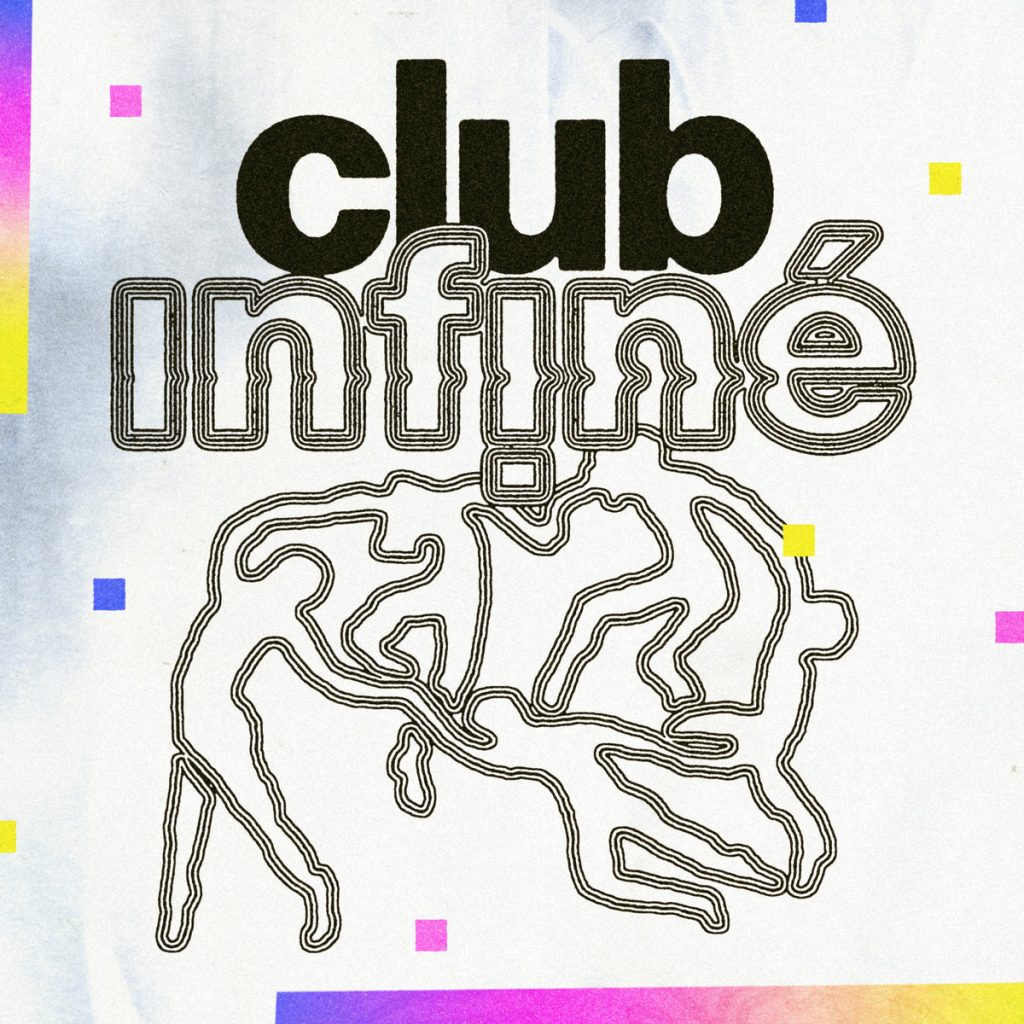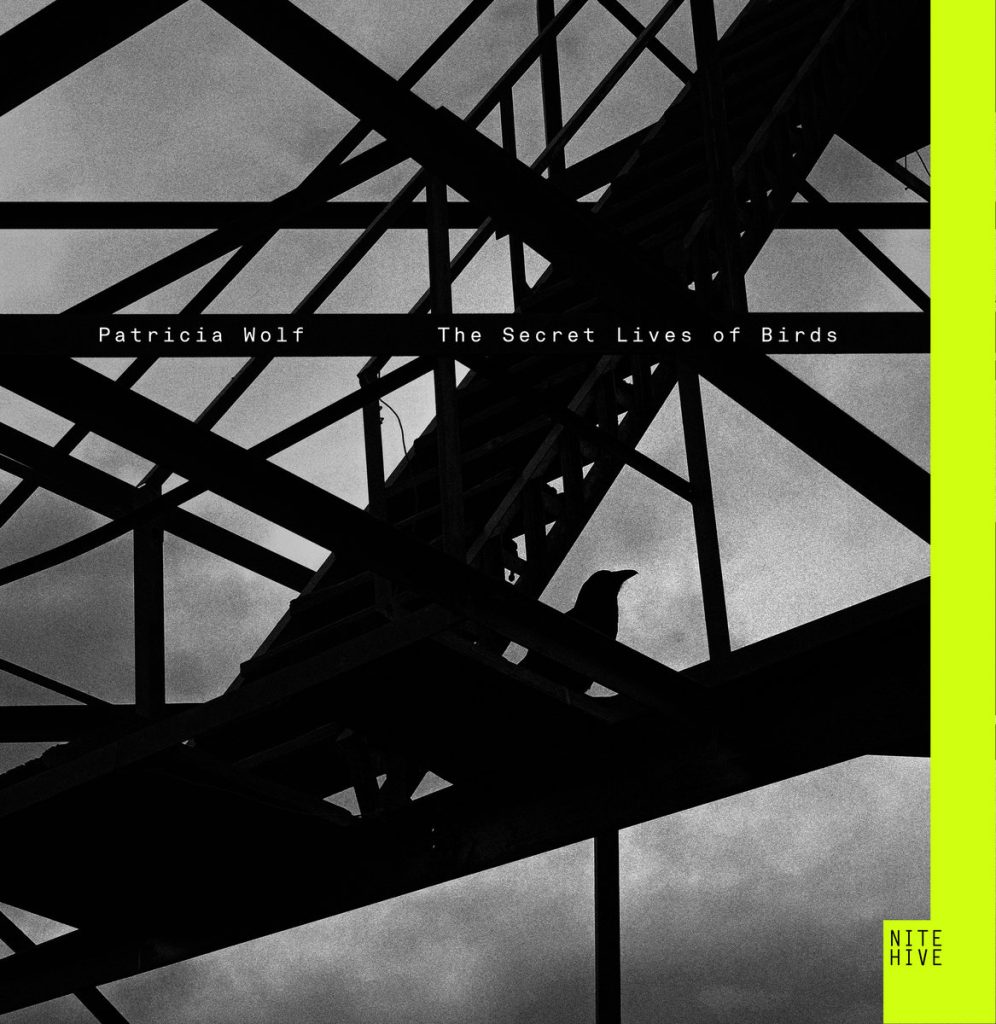What is Jazz Fusion?
Jazz Fusion is a genre that emerged in the late 1960s and 1970s, blending jazz’s improvisation and complexity with the rhythms, electronic instruments, and production techniques of rock, funk, and R&B, among others. The result is a dynamic sound that is as musically intricate as it is accessible.
Origins:
The roots of Jazz Fusion can be traced back to the late 1960s, when jazz musicians began incorporating electric instruments and rock rhythms into their compositions and performances. This melding was partly a reaction to the evolving musical landscape of the time, with rock and roll gaining immense popularity and the avant-garde free jazz movement pushing jazz to its most abstract boundaries.
Characteristics:
- Sound: Jazz Fusion is characterized by a blend of complex jazz harmonies, the improvisational nature of jazz, and the rhythmic structures and electrified sounds of rock and funk.
- Instrumentation: Electric guitars, synthesizers, and electric pianos became staples in the fusion sound, alongside more traditional jazz instruments like the saxophone or trumpet. Drummers often employed larger kits similar to rock drummers, with a strong emphasis on syncopation and groove.
- Structure: Fusion tracks could range from tightly composed pieces to expansive jams that allowed each musician to showcase their virtuosity.
- Influence: Fusion drew from a wide range of sources, including world music, making it a truly eclectic genre.
Notable Artists and Essential Albums:
- Miles Davis: One of the pioneers of the fusion sound. His album “Bitches Brew” (1970) is often cited as a groundbreaking fusion release, showcasing a radical departure from his earlier works and blending jazz with rock and electronic elements.
- Weather Report: Co-founded by Joe Zawinul and Wayne Shorter, Weather Report was a staple in the fusion scene. Their album “Heavy Weather” (1977) is renowned, especially the track “Birdland.”
- Mahavishnu Orchestra: Led by guitarist John McLaughlin, this group blended elements of Indian classical music with jazz and rock. “The Inner Mounting Flame” (1971) is a must-listen.
- Return to Forever: Founded by Chick Corea, this band underwent various stylistic changes but remained a pillar of fusion. “Romantic Warrior” (1976) is a standout album.
- Herbie Hancock: A jazz pianist who smoothly transitioned into the fusion genre. His “Head Hunters” (1973) album, with its funk influences, is iconic.
- Pat Metheny Group: Led by guitarist Pat Metheny, this ensemble brought a unique, often ethereal sound to fusion. “Still Life (Talking)” (1987) is a notable album with a blend of Latin influences.
- Billy Cobham: A drummer who brought rock intensity to jazz technique. His album “Spectrum” (1973) is a classic, showcasing his drumming prowess and compositional skills.
Legacy and Influence:
Jazz Fusion had its peak in the 1970s and 1980s, but its influence can still be felt today. It paved the way for other sub-genres like smooth jazz, Latin fusion, and even influenced some progressive rock bands. While some jazz purists initially criticized fusion for its departure from traditional sounds, the genre played an essential role in keeping jazz relevant and introduced the style to a broader audience.
In the contemporary scene, there are still artists and bands that either identify with or are heavily influenced by the fusion sound, proving the genre’s lasting appeal and significance.




